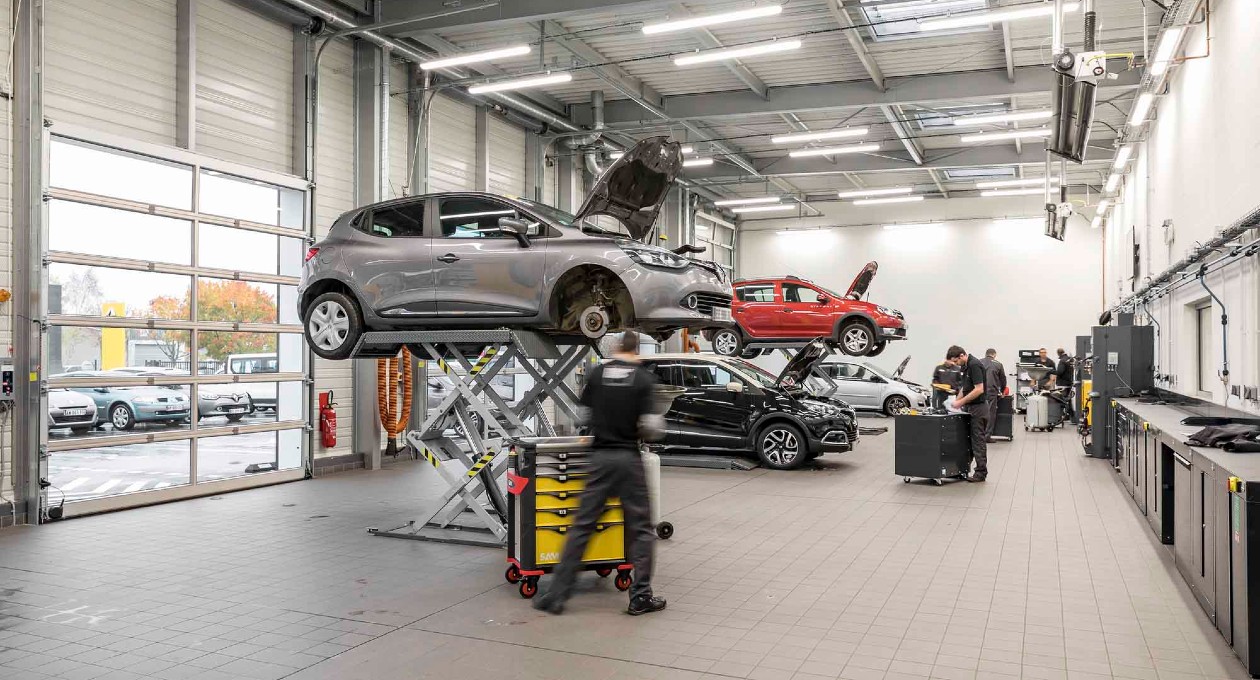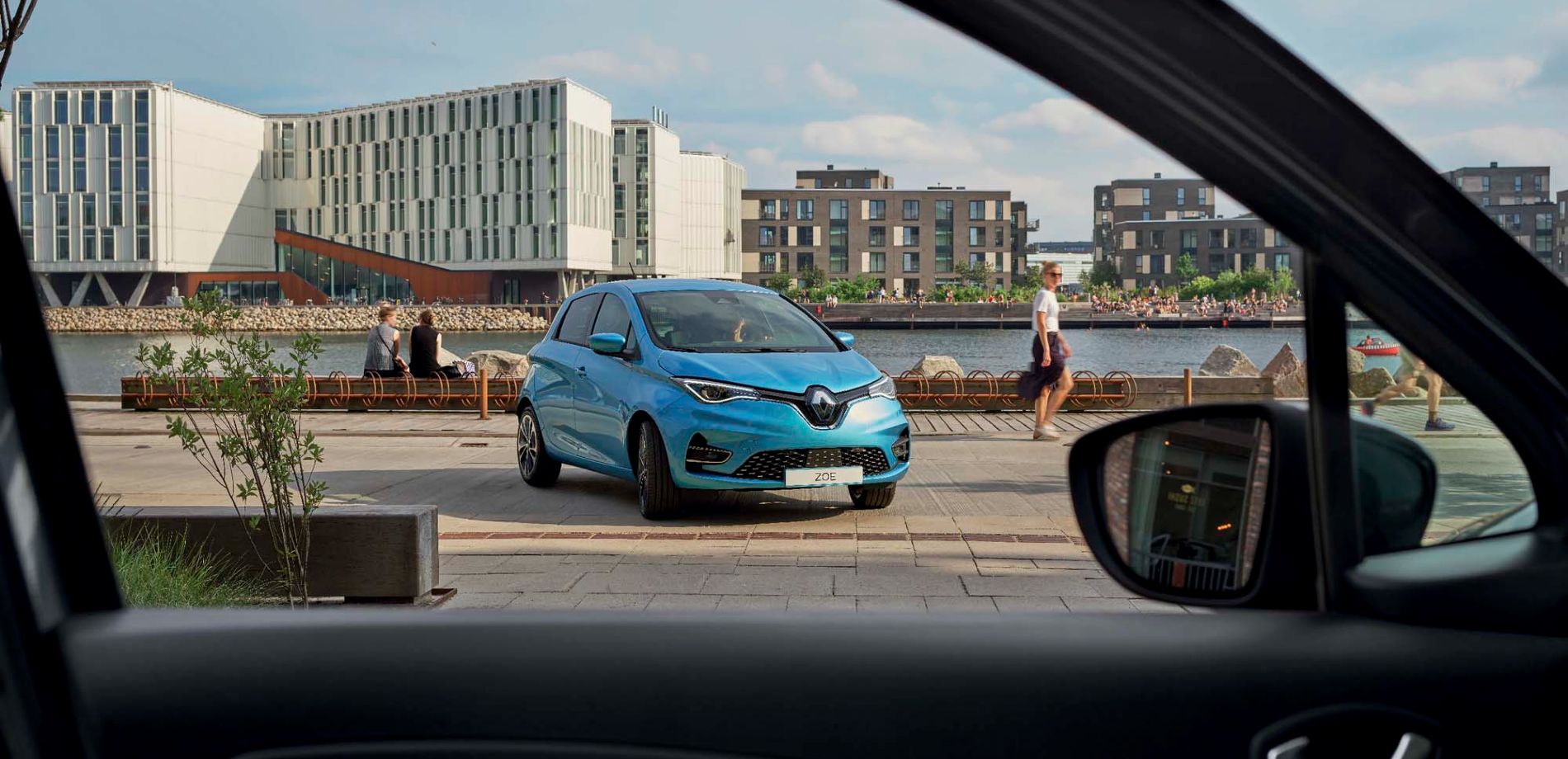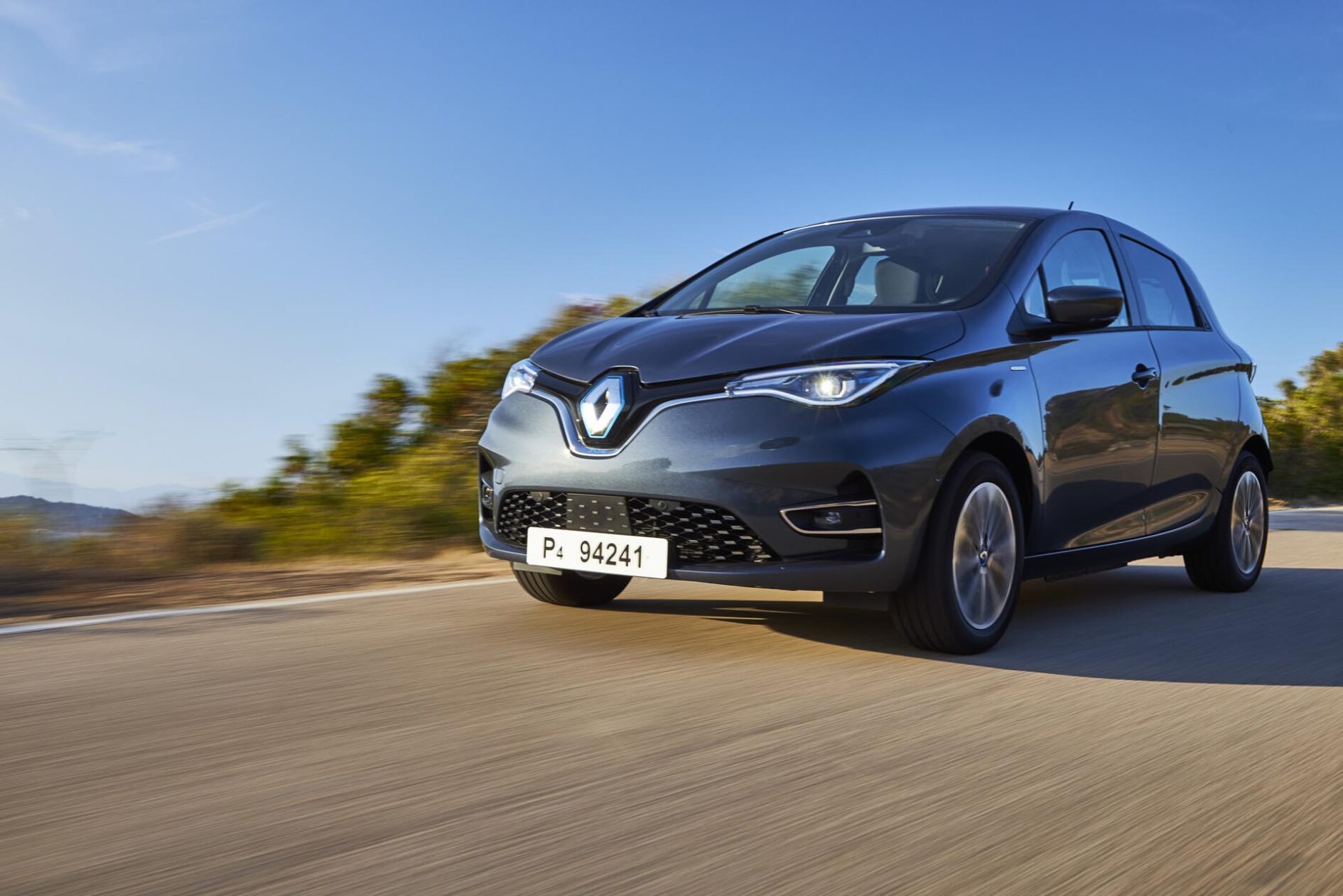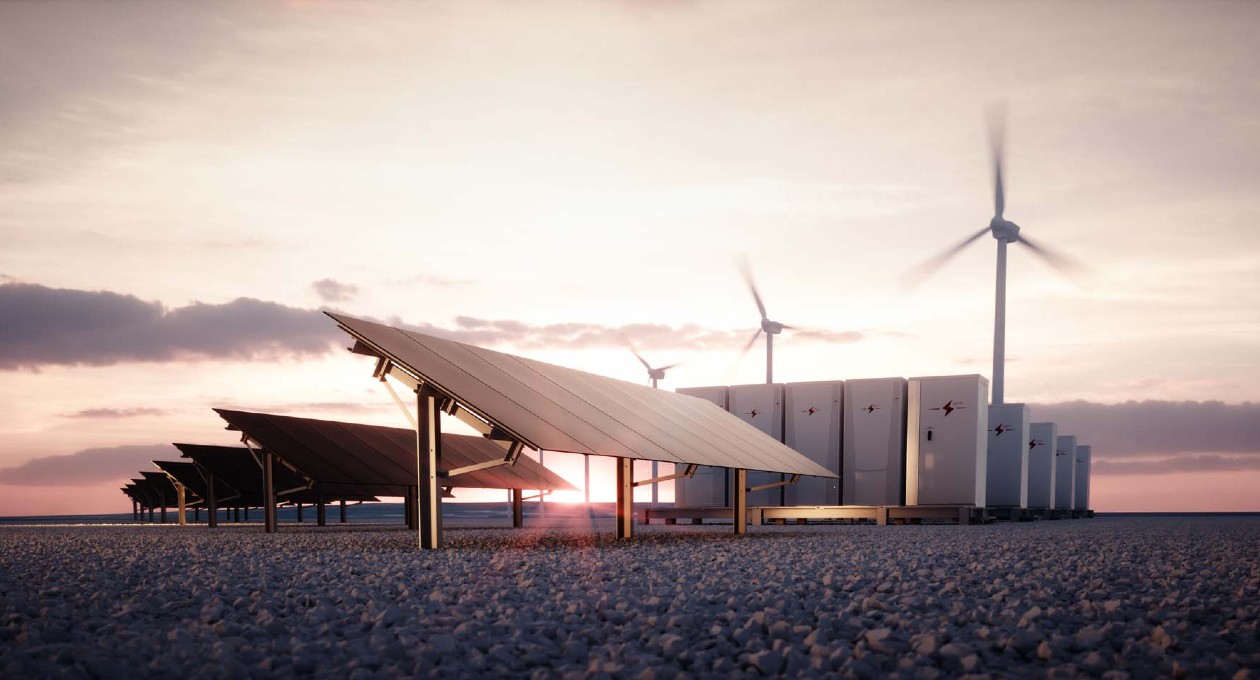

Converting a petrol or diesel car into an electric one means replacing its combustion engine and fuel system with an electric motor coupled with a traction battery. Although the procedure looks relatively straightforward at first glance, it does mean making complex conversions at substantial cost as well as applying for the vehicle to be re-certified.
Converting your car to electric power: technical factors
The first challenge is a technical one: a car is an assembly of parts whose characteristics and performance are connected. The weight of the vehicle and the dimensions of the wheels, for example, directly impact on the choice of certain parts such as the brakes or suspension system. Converting a car with a combustion engine into an electric one means checking that these variables are compatible.
Engine and gearbox
Installing an electric propulsion unit into a gas or diesel car chassis raises the issue of getting the energy from the engine to the wheels. The gearbox is essential to an internal combustion engine vehicle, but useless for one powered by an electric motor. Keeping it means losing part of the appeal of the electric motor, but removing it demands substantial modifications to the vehicle.
Battery and charger
The battery also has its share of drawbacks, starting with the purchase price: some several thousand euros for a lithium-ion battery able to offer range over 100 kilometers. A way must also be found to build this big heavy part into the vehicle without compromising either the vehicle’s volume distribution, dynamic behavior or safety. These complex issues are taken into account at the design stage for native electric cars and hybrid vehicles, as demonstrated for example by the technical innovations resulting from the partnership between Renault and the fire service.
Converting a combustion engine-powered car to electric power also requires the installation of a charging circuit whose wattage will be limited by heat dissipation restrictions, which are also hard to get around if the vehicle has not been designed with this in mind.

The limitations of the electric conversion kit
Because of these restrictions, it’s hard to imagine electric conversion kits being generic, in other words, to be applicable on any vehicle. In answer to this, some start-ups are developing electric conversion kits designed for mainstream models. This way they hope to cut down the effort involved in supply, integration and homologation, with mass production in mind.
Retrofitting in Europe
Regulations vary from one country to another. The authorities in the US are very tolerant on this, even approving DIY conversions. By contrast, most European countries have drawn up regulations to prevent vehicles which have been haphazardly converted from being put on the road. In Germany and Italy, for example, vehicles converted to electric power are allowed to be registered and driven on public roads provided that they comply with a precise chart of specifications.
What does France have to say?

In France, the rule is that any vehicle that has been modified must be individually re-certified. This process involves a mandatory crash test and lots of other checks that must be carried out by an accredited body.
The French regulations also require the vehicle’s manufacturer to grant express permission. In short, these are very strict regulations that make electric conversion projects almost impossible. However, they could be relaxed somewhat to encourage the development of a mass production retrofitting market.
Converting an old car to electric power

Retrofitting will be about striking a delicate balance between the cost of conversion and the opportunities that it brings in terms of performance, range and charging. Hard to justify financially for a regular car, the procedure appeals to specialty car enthusiasts.
They see it as a chance to modernize an old car without ruining its appearance. This way you can not only breathe new life into a vintage car, but also fit it with an engine that runs quietly and without creating emissions.
The subject is also of interest to professionals with utility vehicles who want to be exempt from traffic restrictions in downtown areas or at times when there are spikes in air pollution.
Copyrights : Olivier MARTIN-GAMBIER, Bernard CANONNE, matthewleesdixon




